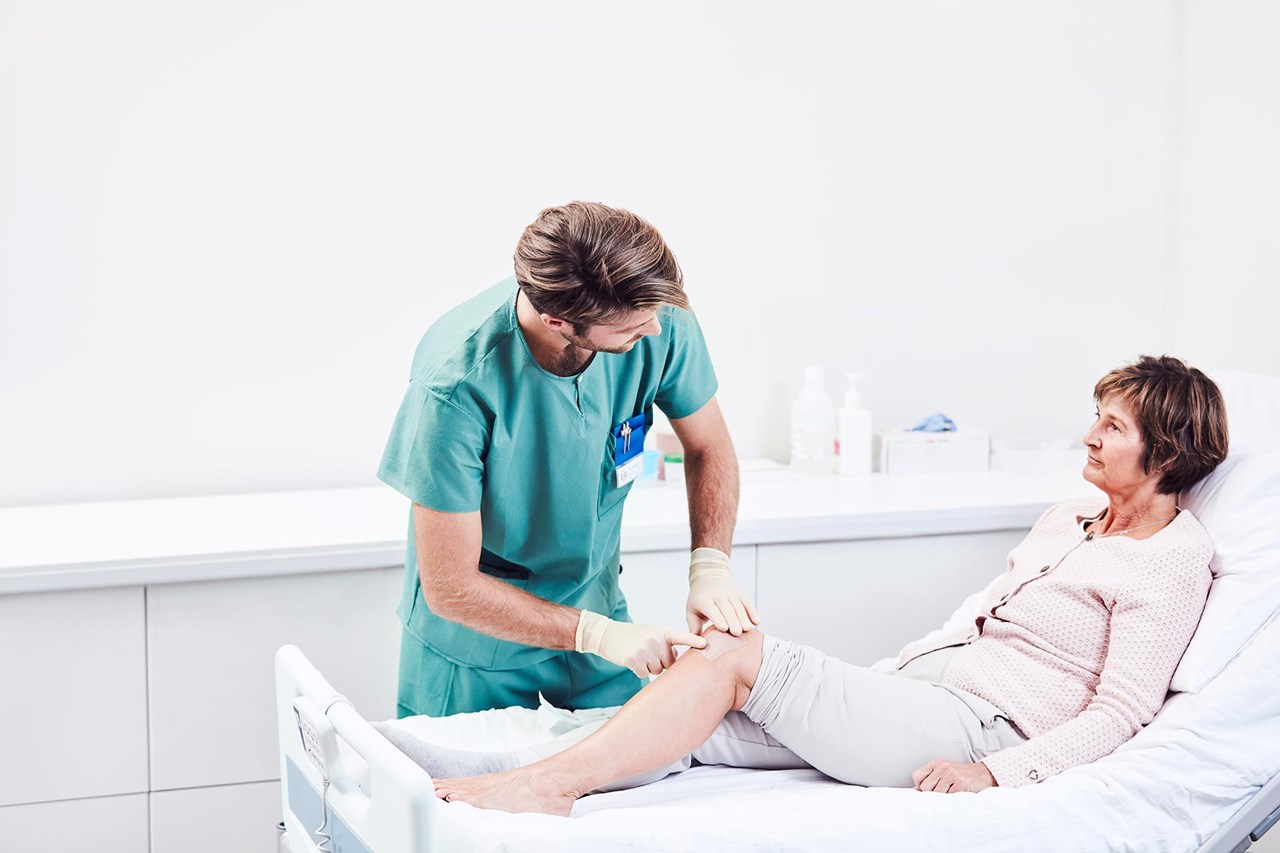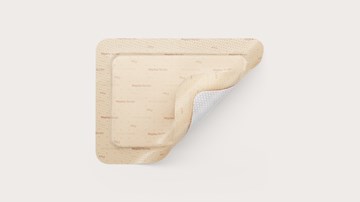Scar management
The soft silicone scar dressing Mepiform has been shown to improve the appearance of hypertrophic and keloid scars.

Scars are disfiguring and can interfere with the normal functioning of the skin and other organs affected. They are more likely to form where the primary cause of the scar persists, where there is continued inflammation and when the scar takes a long time to heal
- Hypertrophic scars are seen in approximately 50 percent of wounds after surgery and more than 50 percent of healed deep burns. They are generally red, raised and itchy and appear within the boundaries of wounds.
- Keloid scars, although somewhat similar in appearance to hypertrophic scars, generally extend beyond the borders of the original scar: they affect all races but are 15 times more likely to occur in patients with darker skin. The incidence of keloid scars is about 10 percent in wounds in the high-risk groups.
- Contracture scars are particularly severe and usually occur as a result of losses of large areas of skin, e.g. following burn injuries, in epidermolysis bullosa and in badly aligned surgical wounds not corresponding to Langer’s lines. These scars cause the edges of the skin to pull together, affecting the adjacent muscles and tendons, thereby restricting normal movement and resulting, in some cases, in the need for z-plasty or skin grafting.
- Widened scars appear when surgical wounds are stretched as a result of skin tension during the healing process. They are generally pale in colour, flat, soft and symptomless, but can be aesthetically displeasing
.
The role of soft silicone in scar management
Topical silicone gel sheeting has been used successfully for over 20 years to treat hypertrophic and keloid scars
Mepiform®, a soft silicone scar dressing with Safetac®, has been evaluated in a number of studies for the treatment of hypertrophic scars:
• Saulsberry et al
• Middelkoop et al
• In an observational study
• These findings are reflected in Forest-Lalande’s case study evaluation of Mepiform
• In Majan’s randomised controlled trial
• In 2006, Meuleneire demonstrated how the early use of Mepiform successfully prevented scarring of a severe forehead laceration
• Philandrianos et al reported that Mepiform was used successfully to treat scars after breast operations
Downloads
Related products
'References'












